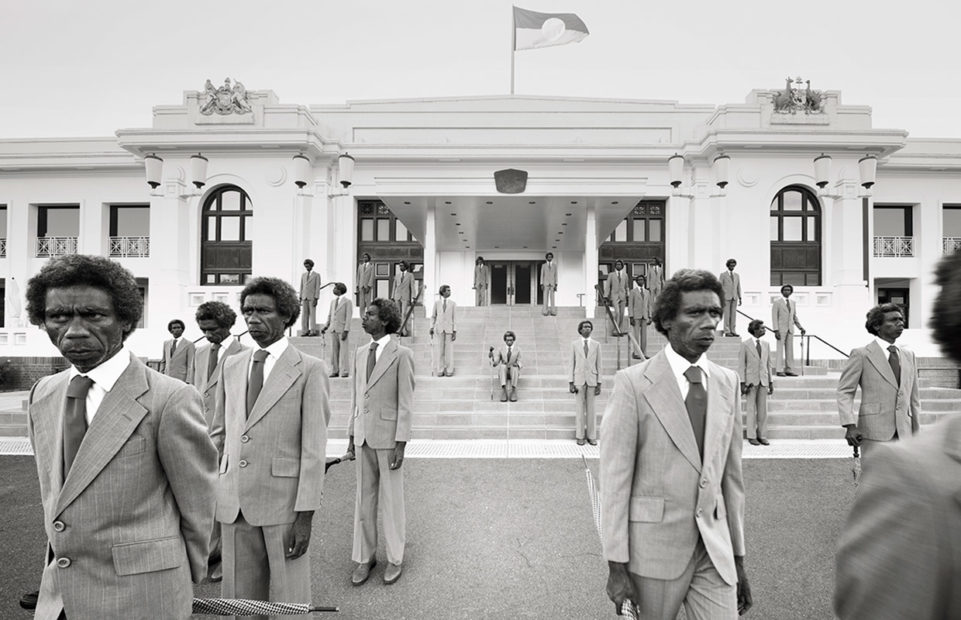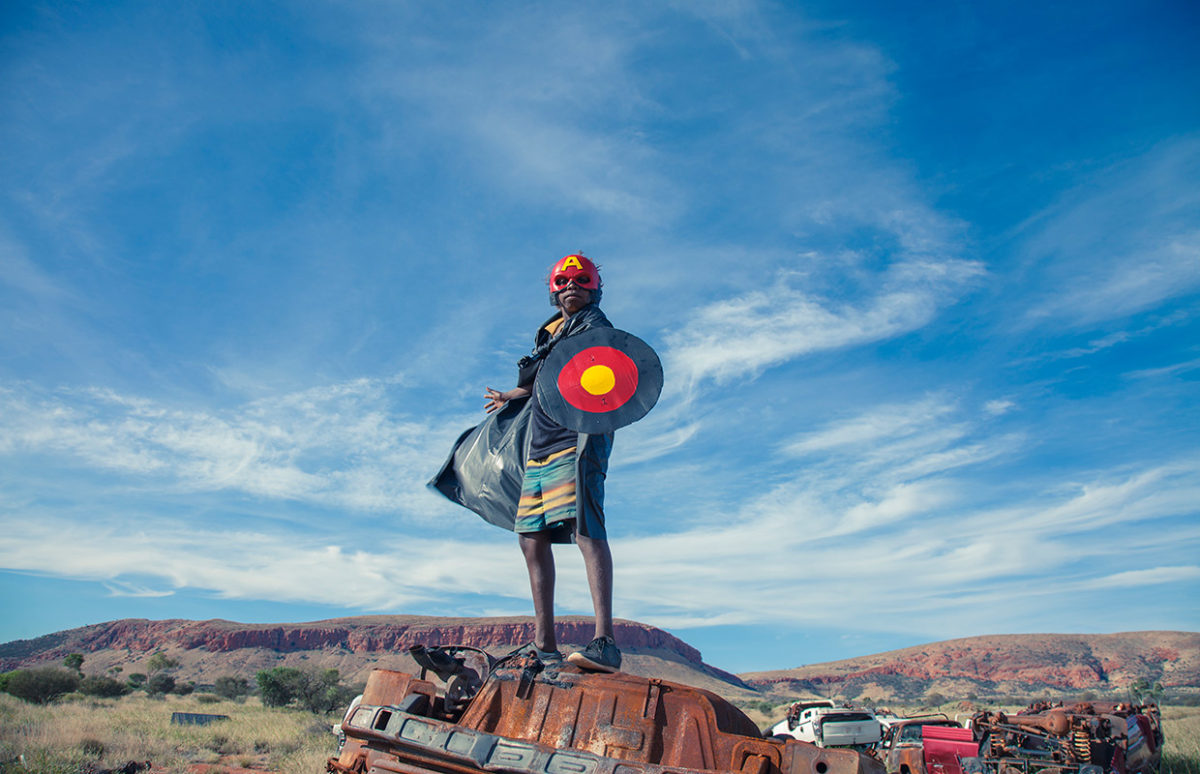When Aboriginal Australians say they are, or are going, “on country”, they don’t just mean they are physically on the lands their ancestors have inhabited for 60,000 years. It also implies that they are shaped by the place, connected to it, and recognize a responsibility to care for it. It is this meaningful phrase that is used as the title of an exhibition at the Arles Photography festival that explores the concept.
“Country” represents ancestral ties to a place, as well as the living cultural presence of that place, and references the complex relationship land has to language, family and identity in Australian Indigenous culture. And of course “Country” is not one, but many different countries, belonging to the people of more than 250 language groups, who cohabit with the descendants of colonisers. And it features many different types of terrain from the arid desert to tropical rainforests.
On Country: Photography from Australia features work by 20 Indigenous and non-Indigenous artists who “bear witness to both the visible and invisible aspects of being on Country”. Looking back over the long period of Indigenous presence in Australia, the more recent, brutal period of colonialism and identity in Australia today.
The image that has been selected for the festival’s poster (top of the page) is Warakurna Superheroes #1 (2017) by Tony Albert (a Kuku Yalanji man), David Charles Collins and Kirian Lawson. It is one of a series of images in collaboration with children from a remote Aboriginal community, Warakurna, near the West Australian/Northern Territory border 330kms west of Uluru. The children made their own props and costumes, dressing up as superheroes and Star Wars characters, and posing against the dramatic outback landscapes of their hometown.
This image is also part of a series by Michael Cook, a Bidjara man: 
Majority Rule (Parliament), Majority Rule series, 2014.In seven photos, he filled urban and national spaces with a repeated figure of an Aboriginal man, to ask the question, “What if Indigenous people were 96 per cent of the Australian population and non-Indigenous people defined as the four per cent?”
Cook was adopted by a white family as a child, but they were active in supporting Indigenous rights. Cook worked as a commercial photographer for many years before turning to art photography to explore his identity. He says, “I was raised with a strong understanding of my Aboriginal ancestry thanks to my parents. When I produce art, I feel a stronger connection with my ancestry. This helps me to understand Australian history–in particular, my history.”
You'll find more about First Australians and their heritage in Shine Bright 4e Into the wild Outback and Shine Brighter 2e Shortfile 14 Walking in their Tracks.
On Country: Photography from Australia
Église Sainte-Anne, Arles
7 July-5 October 2025
Don't miss our articles on more exhibitions at Arles: On the Street, On the Road, and Disobedient Images.
Copyright(s) :
Tony Albert (Kuku Yalanji), David Charles Collins and Kirian Lawson.
Warakurna Superheroes #1, Warakurna Superheroes series, 2017.
Courtesy of the artists / Sullivan+Strumpf.
Michael Cook (Bidjara)
Majority Rule (Parliament), Majority Rule series, 2014.
Courtesy of the artist / Jan Murphy Gallery.
> Australia to Hold Referendum on Indigenous Representation
> Australian Identity Crisis
> Uluru to Close to Public
> Change in Australia’s National Anthem to Reflect Indigenous Heritage
> Australia Digital Resources
> Sorry Day Teaching Resources
Tag(s) : "Aborigines" "Arles" "Australia" "citizenship" "civil rights" "exhibition" "First Australians" "identity" "indigenous people" "parliament" "photography" "Shine bright 4e" "Shine bright Ter" "Shine Brighter 2e" "Sorry Day" "Speakeasy Files 3e" "super heroes"





